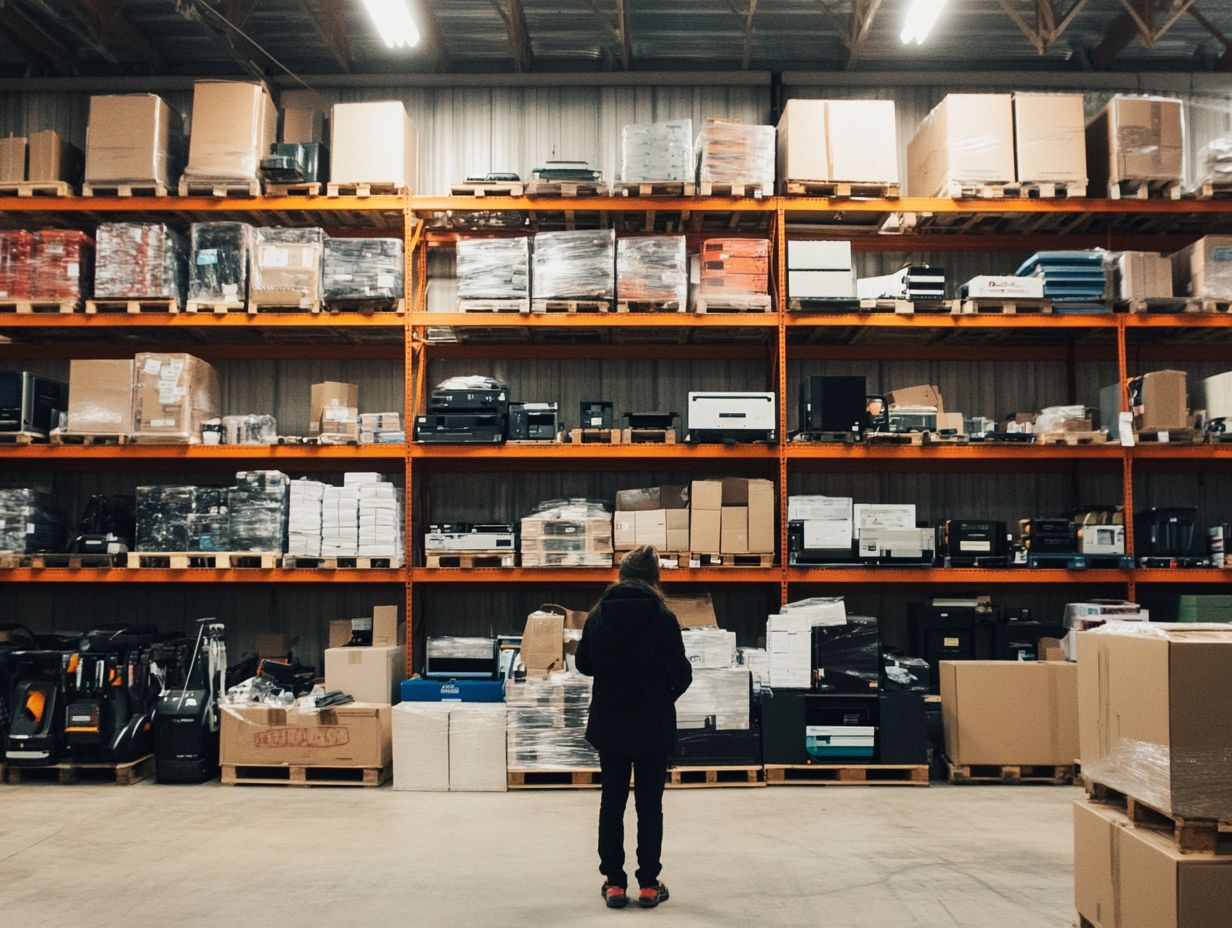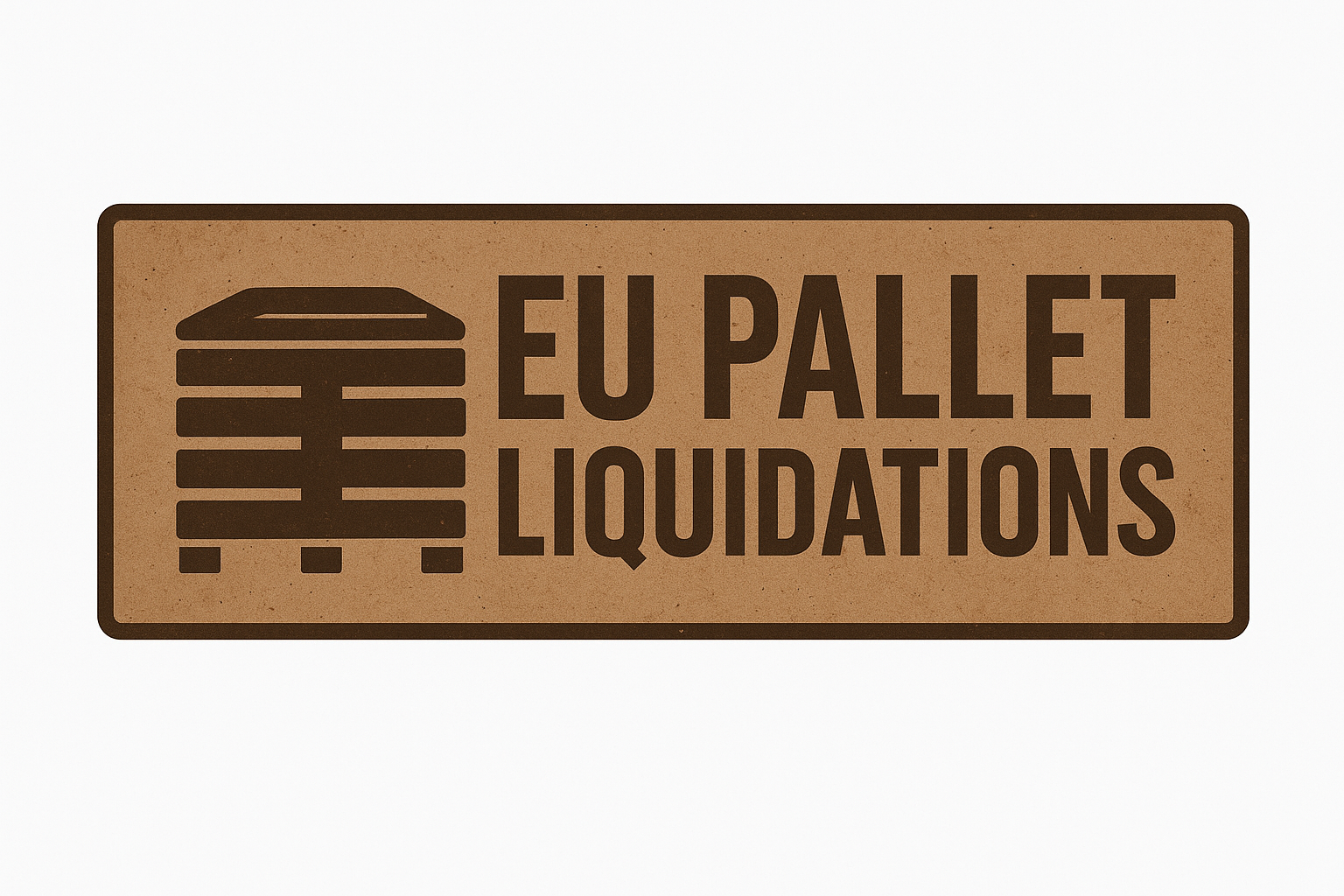A Beginner’s Guide to Pallet Liquidation: What You Need to Know

A Beginner’s Guide to Pallet Liquidation: What You Need to Know
Are you new to the world of pallet liquidation and looking for a comprehensive guide to get started? Whether you’re an aspiring reseller, small business owner, or simply interested in understanding how pallet liquidation can benefit your operation, this beginner’s guide is your go-to resource. Dive into the essentials of pallet liquidation, learn how to identify quality pallets, and discover tips to maximize your profits—all while avoiding common pitfalls.
Pallet liquidation involves purchasing large quantities of surplus, overstock, or returned merchandise from retailers, manufacturers, or distributors at significantly discounted prices. These items are usually packed onto pallets, making bulk purchasing more efficient and cost-effective. Liquidation inventory can range from electronics and clothing to household goods and toys, offering a diverse array of products for resellers and entrepreneurs.
Why Consider Pallet Liquidation?
For beginners, pallet liquidation presents a fantastic opportunity to start or expand a resale business without the high costs associated with traditional inventory procurement. It allows you to acquire a variety of products at a fraction of their retail price, enabling higher profit margins. Additionally, pallet liquidation can diversify your inventory, attract more customers, and provide the flexibility to test different markets.
A Beginner’s Guide to Pallet Liquidation: What You Need to Know
Types of Pallet Liquidation
Understanding the different types of liquidation pallets is crucial for making informed purchases:
- Customer Return Pallets: Contain items returned by customers, often with minor damages or missing parts.
- Unmanifested Pallets: Contain unlisted items, offering a surprise assortment but with less predictability.
- Overstock Pallets: Consist of excess inventory from retailers or manufacturers, usually in new condition.
- Refurbished or Reconditioned Pallets: Items that have been repaired or restored to sellable condition.
Knowing these categories helps you select pallets that match your experience level, budget, and sales plan.
How to Get Started with Pallet Liquidation
- Research Reliable Suppliers: Find reputable liquidation companies or platforms that offer quality pallets with transparent descriptions. Look for reviews and testimonials to ensure credibility.
- Set a Budget: Determine how much you’re willing to invest initially. Remember, some pallets may require additional sorting, refurbishing, or repair.
- Learn About Product Inspection: Develop the skills to assess the condition of items, identify potential resale value, and spot damages or missing parts.
- Start Small: Begin with smaller pallets to gain experience, understand market demand, and reduce risk.
- Understand Shipping & Storage: Plan for transportation costs and storage space to handle bulk inventory efficiently.
Tips for Success in Pallet Liquidation
- Research Market Demand: Focus on popular products that sell quickly in your target market.
- Sample Different Pallet Types: Test various pallets to see which items perform best.
- Stay Organized: Keep detailed records of purchases, costs, and sales to analyze profitability.
- Leverage Online Platforms: Use marketplaces like eBay, Amazon, or Facebook Marketplace to reach a broader audience.
- Network with Other Resellers: Join online forums and local groups to exchange tips, supplier recommendations, and success stories.
- A Beginner’s Guide to Pallet Liquidation: What You Need to Know
- Purchasing without inspecting pallets thoroughly.
- Overestimating the resale value of certain items.
- Ignoring shipping and hidden costs.
- Neglecting to research legal requirements or safety standards for certain products.
Conclusion
Pallet liquidation offers a lucrative entry point into reselling and inventory sourcing, especially for beginners eager to start their entrepreneurial journey. By understanding what pallet liquidation entails, how to choose the right pallets, and implementing smart buying strategies, you can build a profitable business while minimizing risks.
A Beginner’s Guide to Pallet Liquidation: What You Need to Know
Ready to dive into pallet liquidation? Remember, success comes with patience, research, and continuous learning. Start small, stay organized, and watch your inventory—and profits—grow!
